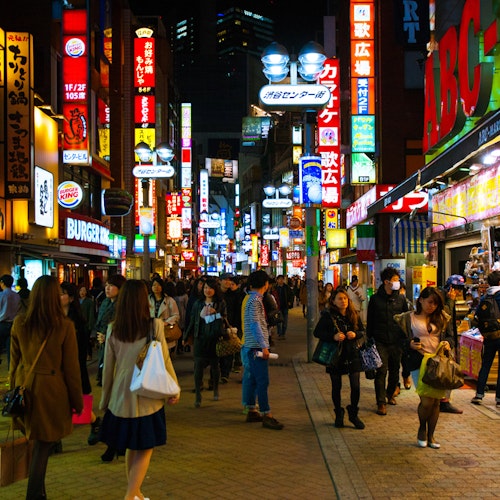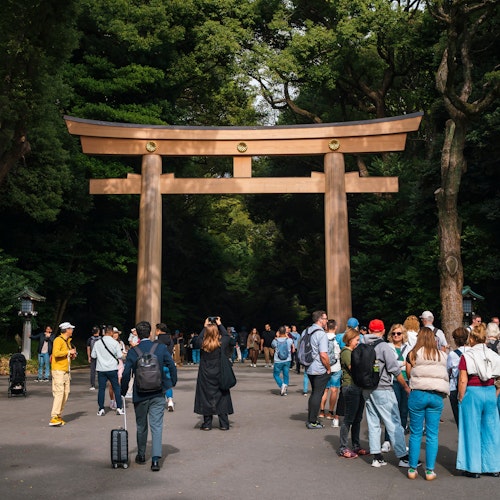
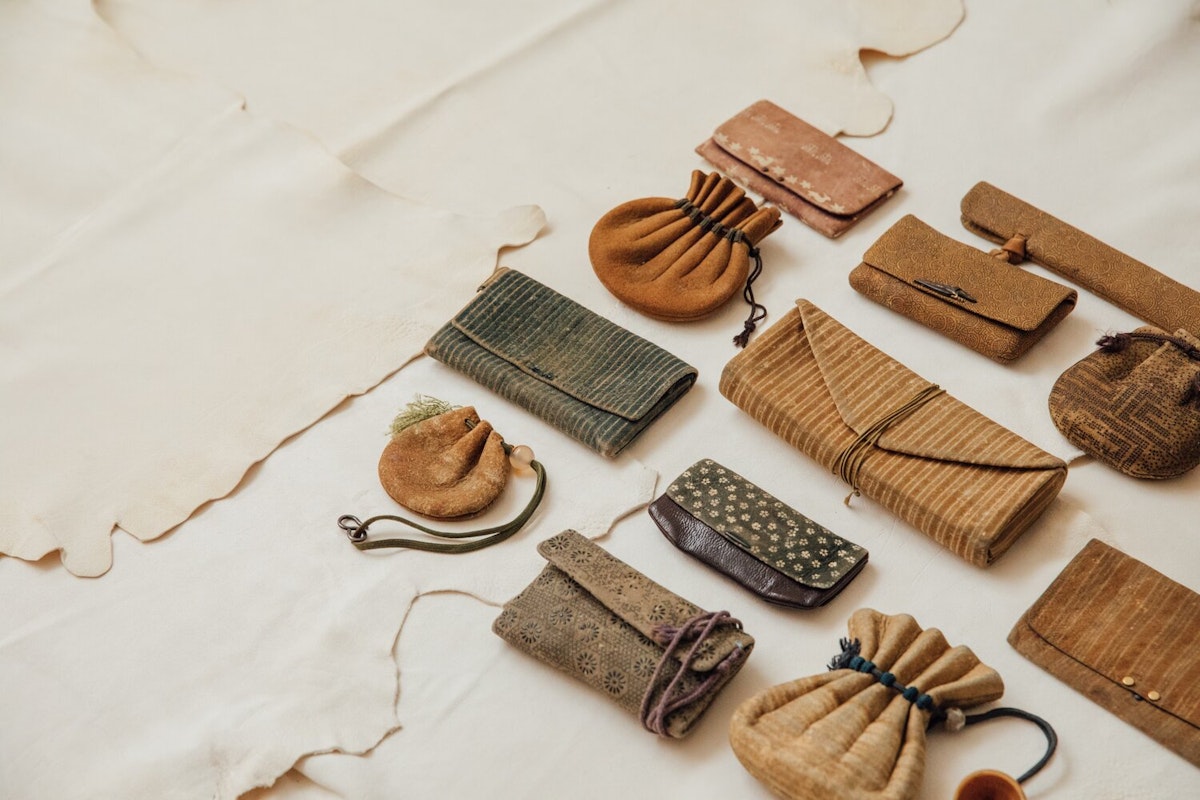
In the heart of Japan, where tradition and innovation intersect, lies the ancient art of INDEN, a testament to the enduring legacy of samurai craftsmanship. This unique form of art, originating from the Sengoku period, has captivated those with an appreciation for meticulous detail and timeless beauty. Once reserved for the elite class of samurai warriors, Inden has evolved, transcending its martial origins to become a symbol of sophisticated elegance in contemporary fashion and design.
In this article, we explore the rich history of INDEN, its intricate processes, and how modern artisans are reimagining this legendary craft, blending ancient techniques with modern aesthetics to create pieces that appeal to the discerning tastes of today's consumers.
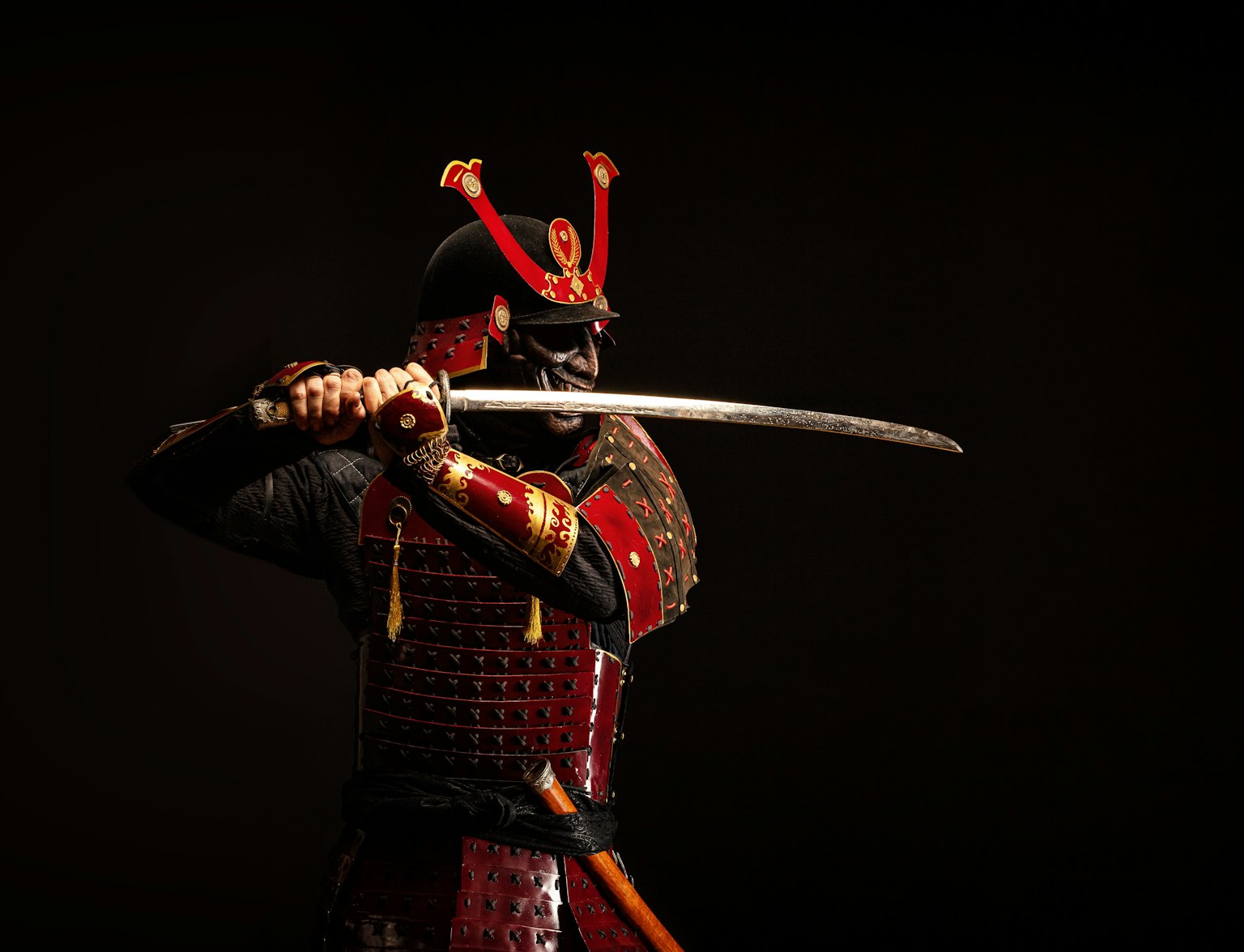
Unleash your inner warrior with our Samurai Armor Photo Shoot in Shibuya, Tokyo.
The story of INDEN begins in the 16th century, a time when Japan was ruled by powerful samurai warriors. Initially, INDEN was developed as a technique to embellish samurai armor and weaponry. The distinctive feature of INDEN is its use of deerskin leather, which was prized for its durability and lightweight nature, making it ideal for the agile demands of samurai combat.
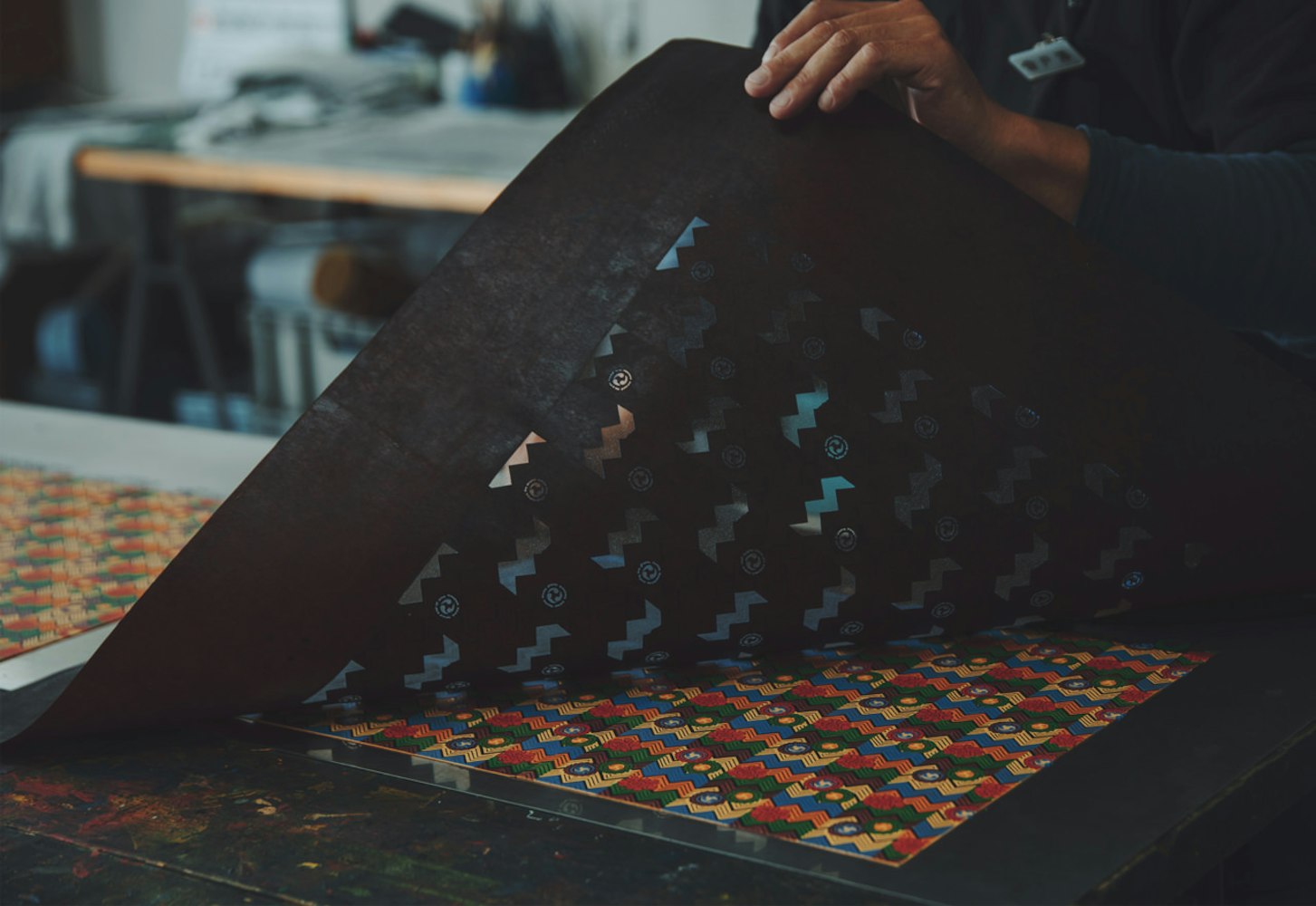
The hallmark of INDEN craftsmanship lies in its intricate lacquer patterns, which were applied to the leather to enhance both the beauty and functionality of the armor. These patterns were not only decorative but also served as symbols of the warrior's status, family lineage, and spiritual beliefs.
Over time, as the samurai era waned, INDEN artisans shifted their focus from armor to more peaceful applications, crafting exquisite accessories and garments that retained the essence of their martial origins.
Creating INDEN is a meticulous process that combines age-old techniques with a deep understanding of materials. The first step involves selecting the finest deerskin leather, which is known for its softness and resilience. This leather is then carefully tanned and treated to prepare it for the application of urushi (Japanese lacquer).
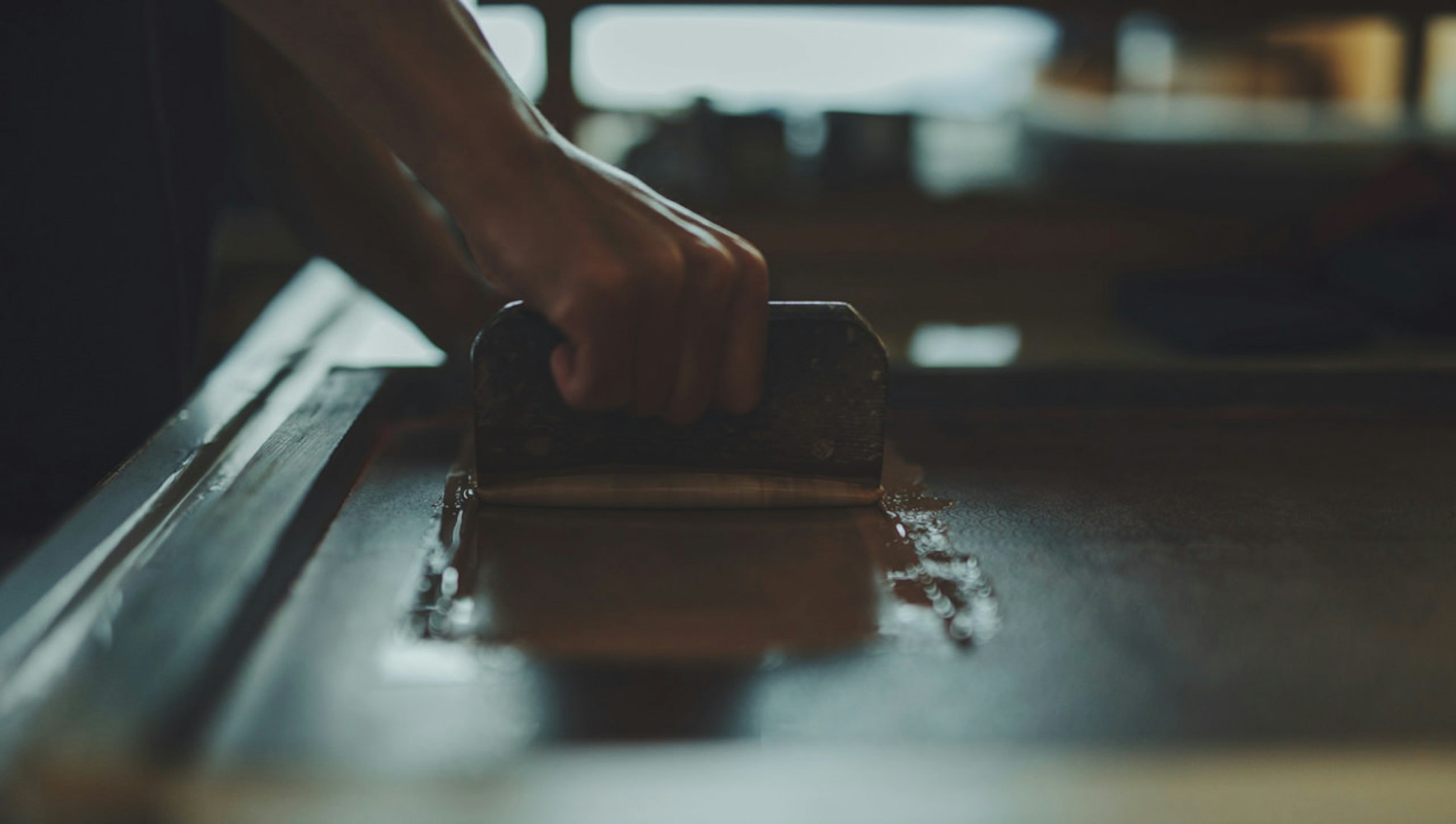
The lacquer application is what sets INDEN apart. Artisans use a variety of traditional tools to apply urushi in detailed patterns, often inspired by nature, such as cherry blossoms, chrysanthemums, and waves. This process requires precision, patience, and a steady hand, as each design is hand-painted and must be perfect. Once the lacquer dries, it forms a glossy, protective layer that enhances the texture and color of the leather, making each piece of INDEN a unique work of art.
INDEN's charm lies not only in its craftsmanship but also in its choice of materials and motifs. The primary material, deerskin leather, is sourced from native Japanese deer, ensuring a high-quality base for each product. The lacquer, derived from the sap of the urushi tree, is revered for its durability and lustrous finish.
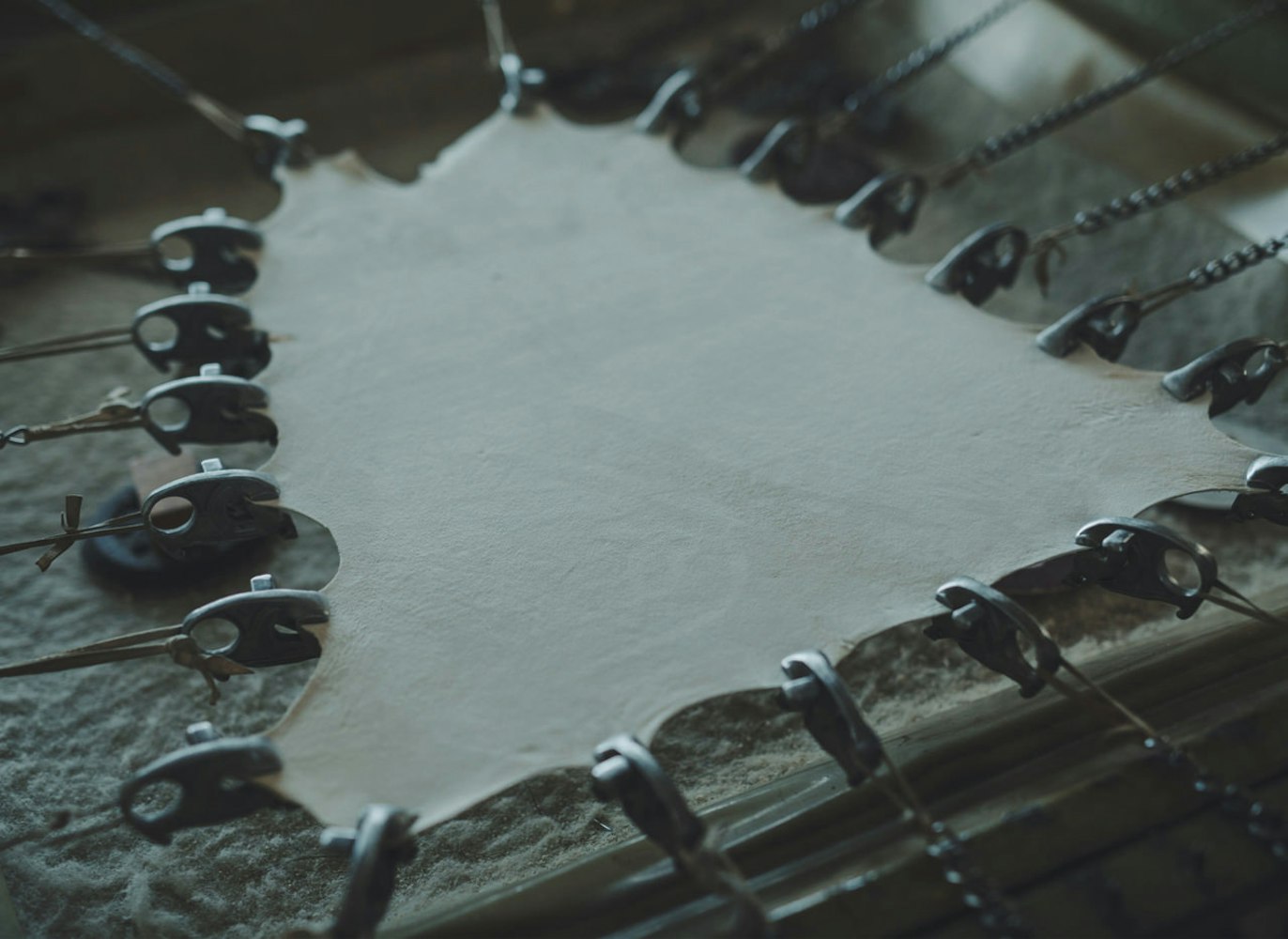
The motifs used in INDEN are deeply rooted in Japanese culture and history. From the elegant sakura (cherry blossom) that symbolizes the fleeting beauty of life to the koi fish representing perseverance and strength, each design carries a story. These motifs are more than mere decoration; they are a bridge connecting the past with the present, allowing wearers to carry a piece of Japanese heritage with them.
While INDEN's origins are steeped in history, its presence in the modern world is anything but outdated. Today, INDEN is featured in a range of contemporary products, from luxurious handbags and wallets to sophisticated smartphone cases and fashion accessories. These items blend the traditional artistry of INDEN with modern design sensibilities, making them both functional and fashionable.
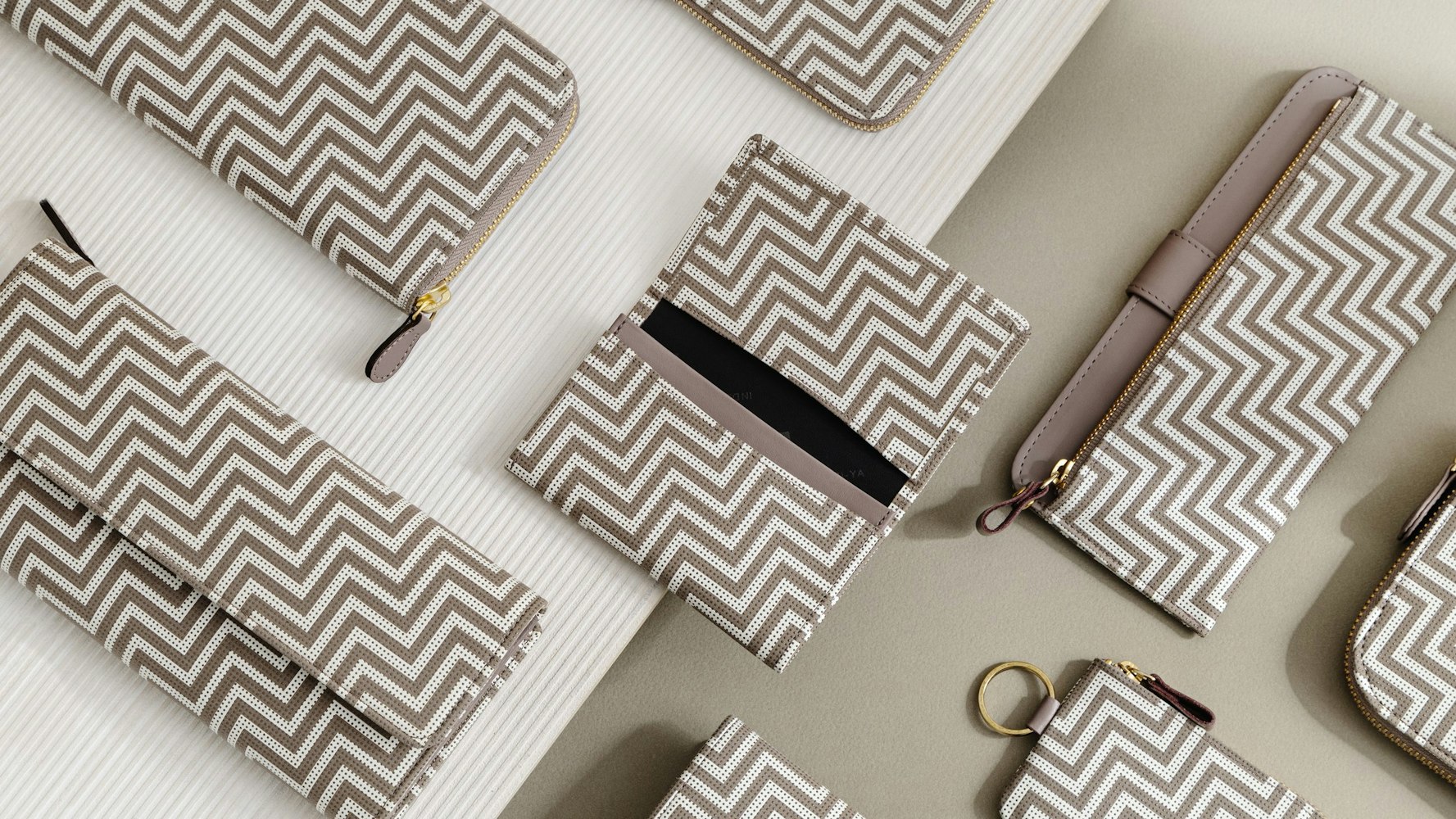
Innovations in INDEN production have also led to the introduction of new colors and finishes, expanding its appeal to a broader audience. Artisans now experiment with bolder hues and modern patterns while maintaining the integrity of the traditional process. This fusion of old and new ensures that INDEN remains relevant and desirable in today's fast-paced world.
INDEN's allure is not confined to Japan; it has found fans and admirers across the globe. As interest in Japanese culture and craftsmanship grows, so does the demand for authentic INDEN products. International exhibitions, fashion shows, and collaborations with global designers have introduced INDEN to a wider audience, showcasing its versatility and timeless elegance.
For many, owning an INDEN piece is not just about acquiring a beautiful object; it's about embracing a piece of Japanese culture and history. The international appeal of INDEN underscores a universal appreciation for craftsmanship, tradition, and the story behind each creation.
INDEN-ya stands as a testament to the enduring legacy of INDEN, a craft that has flourished through centuries of Japanese history. As the primary custodian of this exquisite art form, INDEN-ya continues to honor the techniques and traditions established by Yushichi Uehara and passed down through generations. Their commitment to craftsmanship is evident in every product, from meticulously patterned deerskin accessories to elegantly lacquered lifestyle items.
As we reflect on the journey of INDEN from the Nara period to contemporary times, INDEN-ya invites you to become part of this cultural legacy. Whether you are drawn to the historical significance, the unparalleled craftsmanship, or the timeless beauty of INDEN products, there is something at INDEN-ya for everyone. Visit INDEN-ya's official website to learn more about their story, view their range of products, and bring a piece of this rich heritage into your life.
Kofu Main Store
Address: 3-11-15 Chuo, Kofu City, Yamanashi Prefecture 400-0032
Aoyama Store
Address: 2-12-15 Minami Aoyama, Minato-ku, Tokyo 107-0062 1F/2F
Shinsaibashi Store
Address: 3-6-7 Bakurocho, Chuo-ku, Osaka 541-0059
Nagoya Misono Store
Address: 1-10-21 Sakae, Naka-ku, Nagoya, Aichi 460-0008
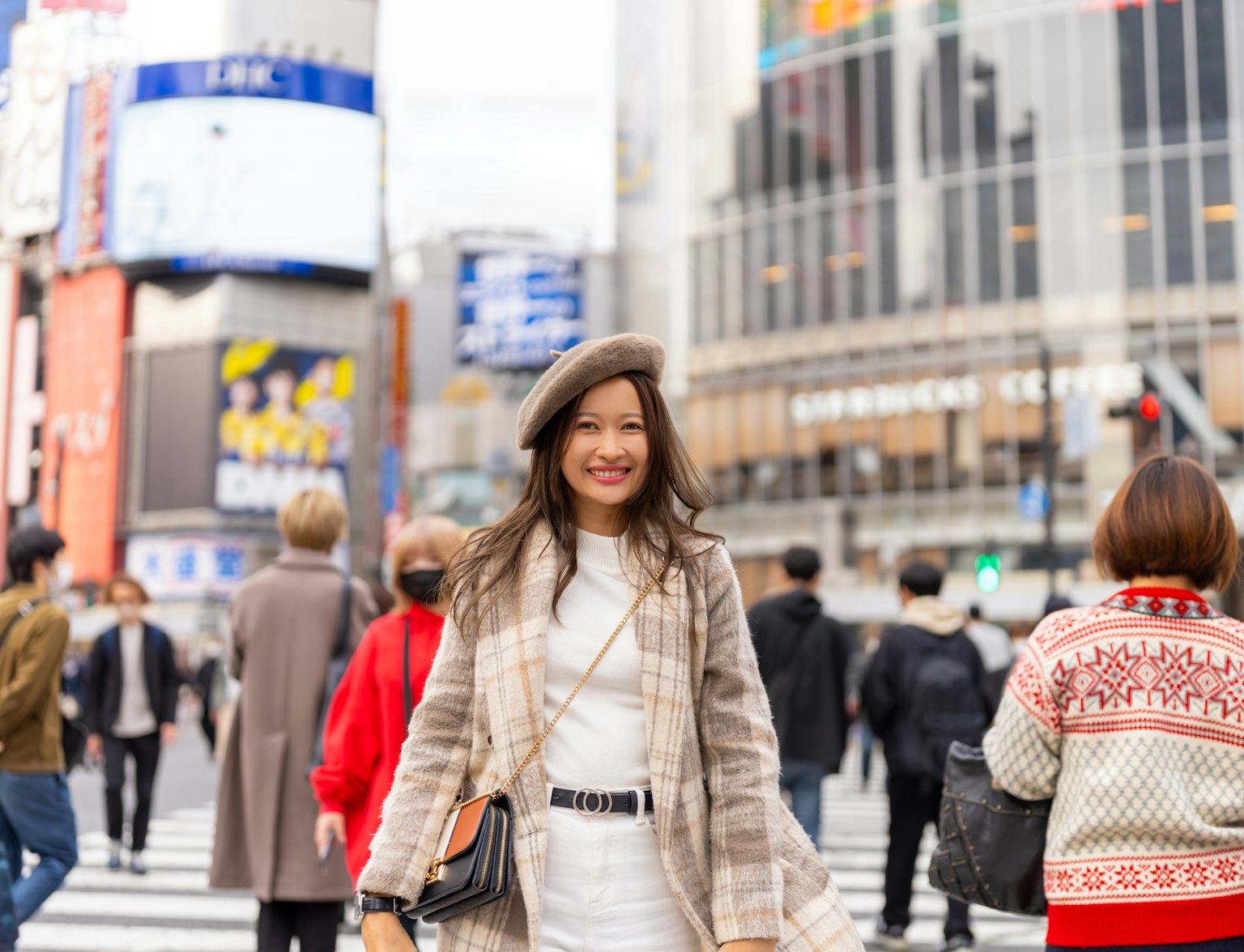
Include a visit to Aoyama Store on your custom itinerary.
